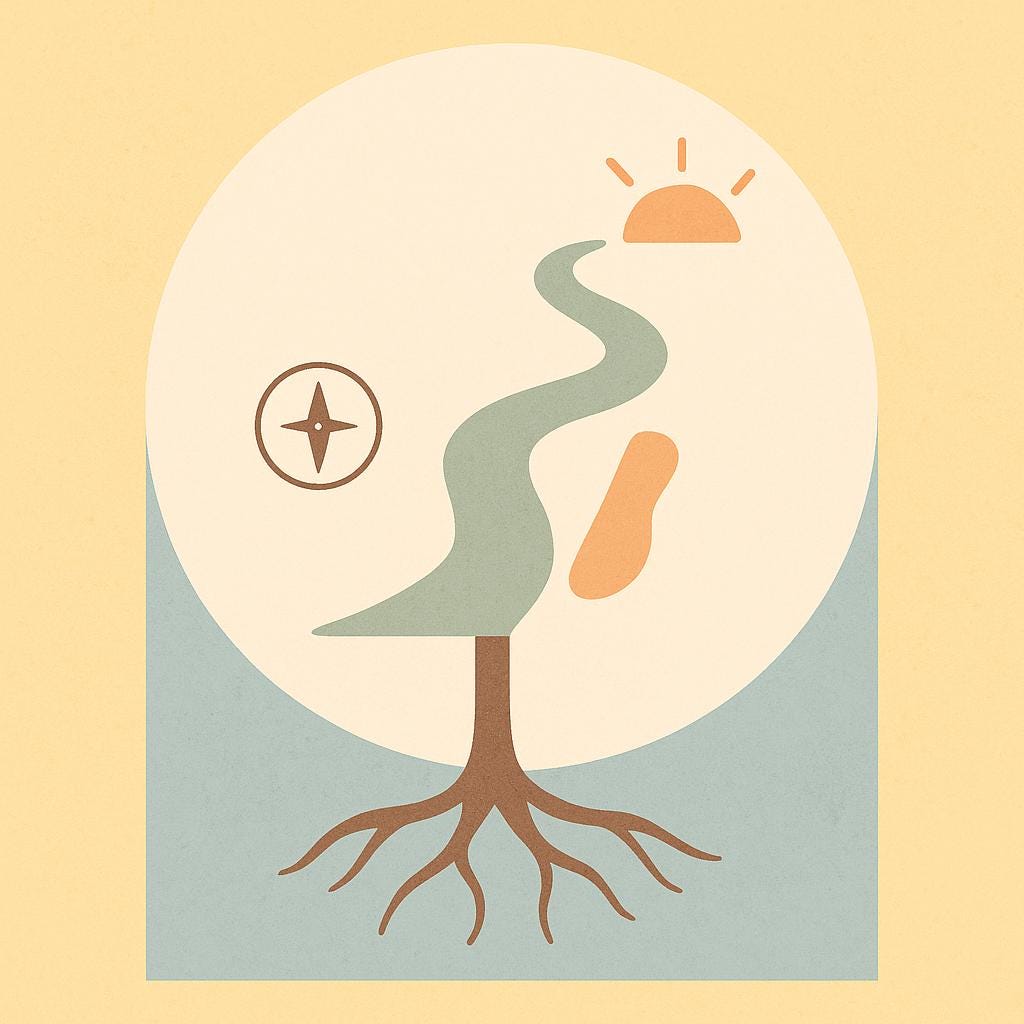Your nervous system constantly shifts between states of activation (fight-or-flight) and rest (calm and safe). Chronic anxiety occurs when your system becomes "stuck" in the activated state, leaving you constantly anxious, overwhelmed, or exhausted. Polyvagal Theory explains that your vagus nerve, a central part of your parasympathetic nervous system, struggles to switch your body back to rest-and-digest mode, causing anxiety symptoms to persist.
Signs Your Nervous System Is Dysregulated
Common indicators that your nervous system may be dysregulated include:
- Persistent anxiety or panic feelings
- Difficulty relaxing or sleeping
- Easily startled or hyper-vigilant behavior
- Chronic fatigue or emotional numbness
Understanding these signals allows you to intervene effectively with targeted Polyvagal-informed techniques.
Effective Polyvagal Techniques for Calming Anxiety
Below are practical, scientifically-supported techniques to quickly stimulate your vagus nerve and restore nervous system balance:
1. Deep Diaphragmatic BreathingSlow, deep belly breaths activate your vagus nerve, quickly moving your body from anxiety (sympathetic response) into relaxation (parasympathetic response).
2. Humming or Gentle VocalizationSoft humming or gentle vocal sounds stimulate your vagus nerve through vibration, helping your nervous system shift toward calm and relaxation.
3. Compassionate Self-TouchPlacing your hand gently on your chest or abdomen provides sensory cues of safety, directly signaling calm to your nervous system and reducing anxiety quickly. These simple yet powerful exercises, practiced regularly, significantly reduce chronic anxiety by retraining your nervous system to easily return to a balanced, calm state.
FAQ about Polyvagal Theory
What is Polyvagal Theory? Polyvagal Theory, developed by Dr. Stephen Porges, explains how the vagus nerve influences your nervous system's response to stress and relaxation, playing a crucial role in managing anxiety and emotional wellbeing.
Can Polyvagal exercises help with panic attacks? Yes, gentle Polyvagal techniques such as deep breathing and compassionate self-touch effectively reduce panic by activating your body's calming response through the vagus nerve.
How often should Polyvagal techniques be practiced? Daily sessions of 5–10 minutes help your nervous system become increasingly resilient, making anxiety easier to manage long-term.
🎁 Ready to Calm Chronic Anxiety Using Proven Polyvagal Exercises? Explore powerful yet gentle vagus nerve techniques in our evidence-based Nervous System Regulation Workbook currently available at 35% off (limited-time offer) to help you quickly calm chronic anxiety and restore emotional balance.

